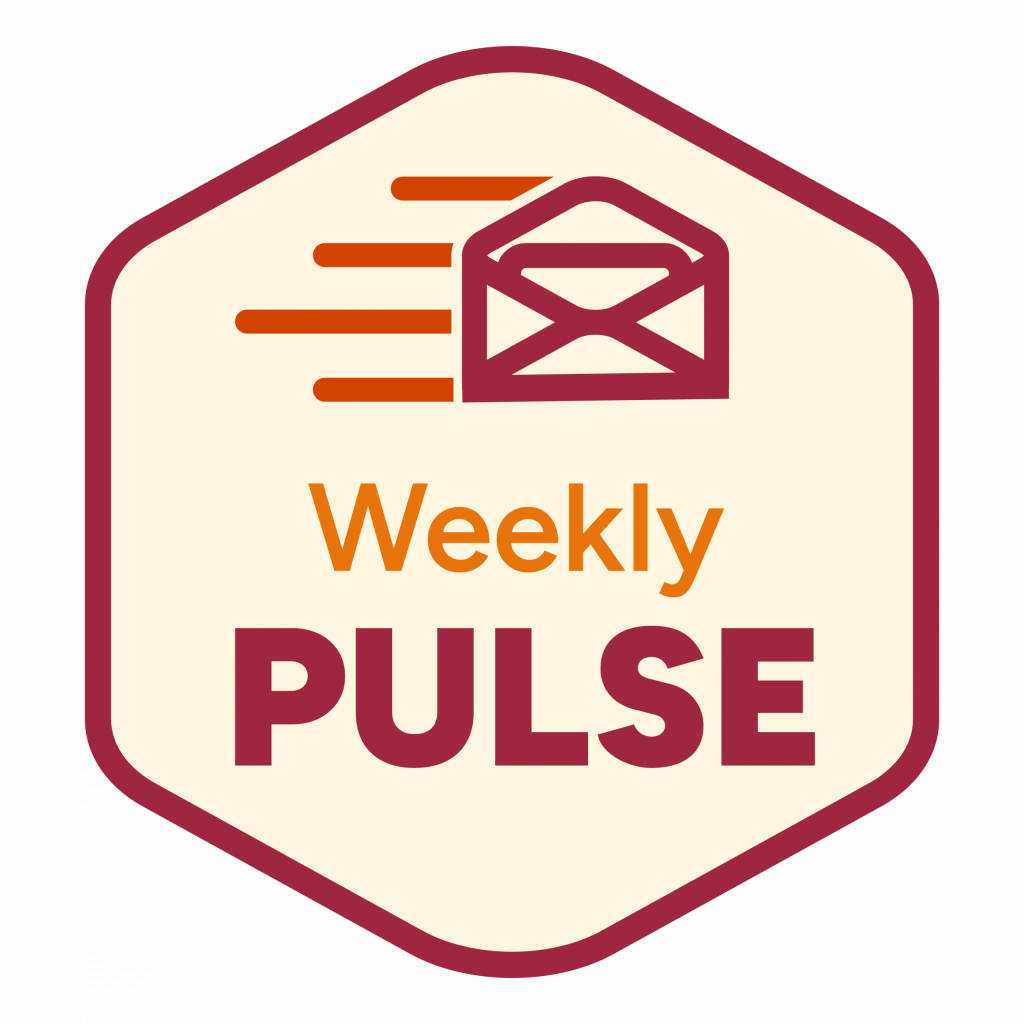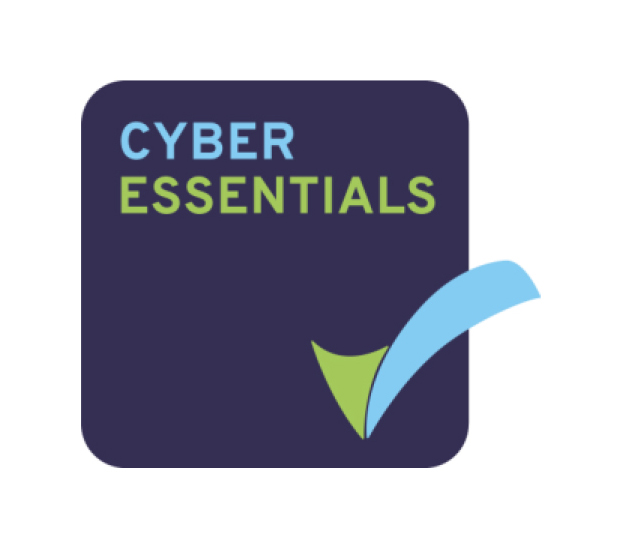
Data-driven strategy has become non-negotiable for executives.
Yet many NetSuite leaders hesitate when it comes to analytics transformation, often held back by misconceptions. With adoption of NetSuite Analytics Warehouse (NSAW) accelerating, it is worth separating myths from realities and addressing the questions finance leaders most often ask.
Myth 1: We already have analytics in NetSuite so we don’t need NSAW
Native analytics in NetSuite is powerful for transactional data, but it is not designed to handle governed, cross-source analysis over years of historical data. NSAW extends beyond ERP by combining NetSuite with CRM, HR, marketing, and external systems. This creates a single, trusted source of truth that drives strategic planning, not just operational reporting.
👉 Turn data into decisions. Find NSAW and analytics experts with Anderson Frank
Myth 2: NSAW is only for big enterprises
Mid-market organizations often see the fastest ROI because they lack the in-house resources to build custom data warehouses. With NSAW, they get prebuilt connectors, governance, and security without needing a large team of data engineers.
Consider a regional distributor that blends ERP and CRM data to better understand customer profitability. Without NSAW, this process would be prohibitively manual. With NSAW, it becomes a governed, repeatable workflow that supports growth.
Myth 3: Historical reporting isn’t that important
Strategy depends on history. Without multiple years of reliable, governed data, long-term trend analysis is impossible. A SaaS firm could use NSAW to identify churn patterns across several customer cohorts, while a retailer might analyze five years of order data to optimize seasonal inventory.
These insights cannot be achieved with ERP-native tools alone. NSAW ensures decision-making is grounded in both present performance and historical perspective.
Executive questions answered
How does NSAW improve trust in data? By enforcing governance, ensuring consistent definitions, and eliminating conflicting versions of KPIs.
Can executives self-serve insights? Yes. Dashboards and visualizations are designed for leadership use, reducing reliance on IT-built reports.
What’s the impact on collaboration? With finance, sales, and operations all using the same dashboards, strategy aligns across functions and eliminates the silos that often slow execution.
👉 Unlock governed analytics. Hire NetSuite reporting specialists today
The business case for NSAW
When leaders adopt NSAW, they gain three core advantages:
Faster decision-making through real-time, trusted dashboards.
Smarter long-term planning by analyzing years of governed data.
Cross-functional collaboration supported by a unified view of the business.
For executives under pressure to present accurate, board-ready reports and drive faster strategy execution, these benefits are hard to ignore.
Why adoption is accelerating
Executives are under pressure to make faster, more confident decisions in volatile markets. NSAW provides the trusted foundation they need to do just that. As misconceptions fade, adoption is moving from early innovators to the mainstream. For leaders serious about building a data-driven culture, NSAW is quickly becoming the natural next step.
Organizations that invest now are not just improving reporting; they are laying the groundwork for predictive, cross-functional insights that inform strategy at every level of the business.



